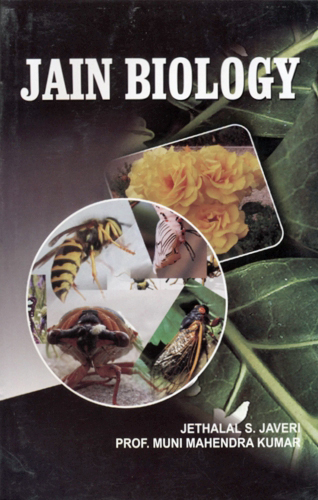- It originates only in diploid cells.
- It always consists of two successive divisions, the first a reduction division and the second an equational division. During first, the two homologies of each pair of chromosomes are pulled away to the two opposite poles. During the second, the daughter chromatics are pulled away to the two opposite poles.
- The number of chromosomes is reduced to half, i.e. haploid. The haploid nucleus contains only one member from each pair of homologous. Thus each gamete contains only one or the other member of two homologous chromosomes and never both together.
- The haploid nucleus may contain all paternal chromosomes or all maternal chromosomes or a mixture of both. In the last case, there is a shuffling of paternal and maternal chromosomes.
- Due to crossing over, each chromatid (which becomes a chromosome) is a mixed chromatid containing a segment of the other chromatid.
Jain Biology: Important Features Of Meiosis
Published: 22.09.2009
 Jethalal S. Zaveri
Jethalal S. Zaveri
 Prof. Muni Mahendra Kumar
Prof. Muni Mahendra Kumar

